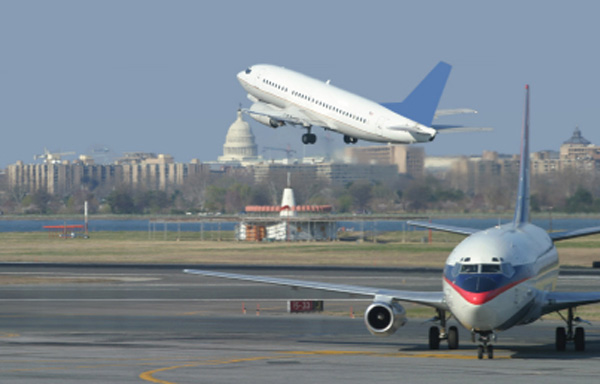Editor’s Note: Today’s article was developed from an interview with resident Ardent Partners business travel / expense management, Christopher J. Dwyer, with the team at MarketWatch. To gain more insight into the business travel category or listen to the interview, be sure to click here.
Complex spend management has become one of the top priorities on the Chief Procurement Officer’s agenda. Complex spend categories, such as business travel, meetings / events, and contingent labor, attract supreme levels of corporate attention due to the financial attributes associated with each of these areas (one main reason that the Chief Financial Officer should be involved in the greater management of these categories).
Business travel has historically been perceived as yet another unfortunate cost of conducting business on a global scale. While this mode of thinking has certainly evolved over the past half-decade, the economic downturn completely altered the way executives handle their overall business travel budgets, choosing to strategize and maximize their spending within this complex arena in lieu of relegating it to the back-office (as well as consistently keeping traveler morale high, which will be discussed in the next article in this brief series).
In order to maximize contemporary business travel budgets, enterprises must do two things:
- Understand the true ROI of business travel. Business trips are planned for a specific reason: business development, customer visits, internal corporate training, connections with other global executives, etc. For companies that are forced to maximize their overall business travel budgets, it is imperative that they can calculate the true return on that spending. When times are tight and every financial aspect is scrutinized, the business travel, finance, or procurement team can understand the impact of travel on enterprise spending and make the appropriate cuts. Unnecessary trips can be slashed from the corporate travel calendar, with those trips expected to drive revenue / new business staying put.
- Ensure that compliance improvement initiatives stay at the top of the agenda. Compliance is a word heard often in the procurement and finance spectrums. Contract compliance, legal compliance, purchasing compliance, etc., the list goes on for these functions. In regards to the business travel world, non-compliance is a destroyer of budgets and finances. Corporate travel policies are a “must” in today’s business world, and the more adherence to policies concerning airfare, ground transportation and meals (amongst other travel aspects), the higher frequency of business travel executed on or below budget.
The two aspects above reflect the best means to maximize corporate travel budgets, and revolve around one key item: visibility. In the greater scheme of maximizing business travel budgets, visibility, and intelligence go a long way.
RELATED ARTICLES
The CFO’s View Of…Travel and Expense Management
The Future of Travel and Expense Management: The Visibility Quotient
Deem – Moving Beyond Travel and Expense Management

